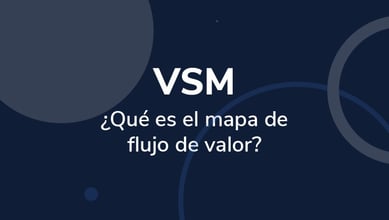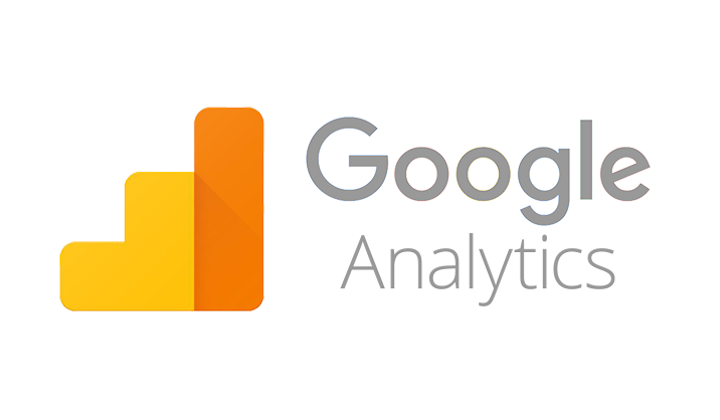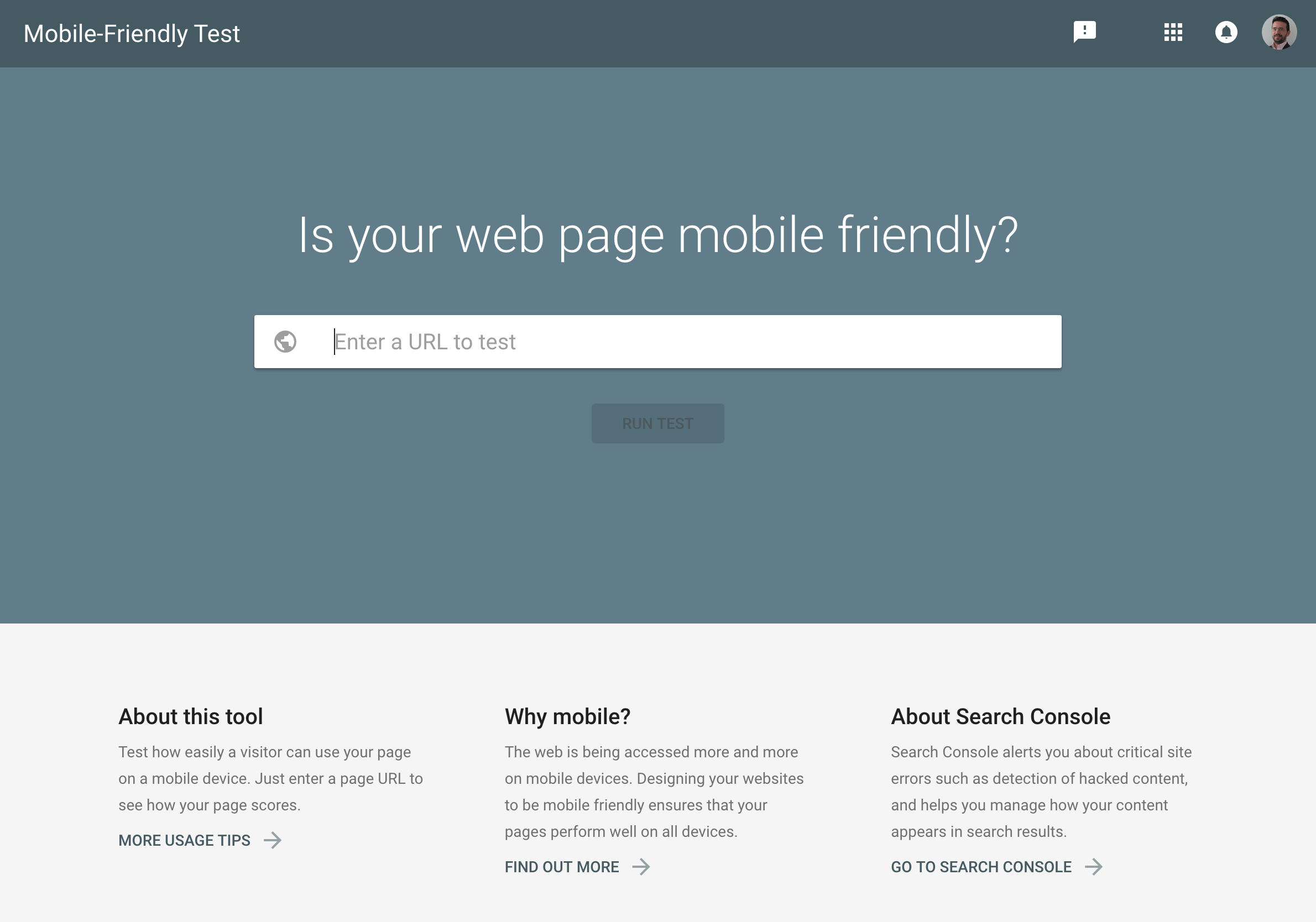What is the SEO?
What is it for? and how does SEO benefit companies?
Introduction
In this post you will find the main topics that relate to SEO.
What will you find on this page?
What is the SEO?
When we ask ourselves what is SEO? we should know that we will be talking about many aspects that relate directly to Google (the main search engine of the planet). To achieve a good search experience, Google bases its technology on detecting the best results and for this it uses certain mechanisms that allow it to do so. The steps that the SEO strategy proposes help websites find them and position them at the top of searches, giving them the possibility to have more visits and reach more audiences.
TABLE OF CONTENTS
Related concepts
Throughout all this time we have collected a number of concepts associated with process management that will be of great help in understanding it in its entirety.
What are the types of SEO?
We can find different types of SEO, as it depends on what part of our site you need to optimize. These are distinguished between SEO on site, of site and technical (later we will talk about each). The main objectives are to achieve a good ranking in the SERPs and provide good content to customers looking for your page, as well as comfort and simplicity when it comes to stumbling on your content. Practices are constantly evolving and it is necessary to know the different types of SEO that exist to position our content in the main search engine results.
Before we talk about the techniques to apply in each type of SEO it is important to clarify that the first thing that we must take into account when talking about SEO is the content of our site. That is the key piece that makes our website and what users will get when they enter it. Our site must be marked by the central theme that concerns us and from that theme we can treat sub-themes that are also related. That users find the content they are looking for and that content is clear and accurate, is one of the main objectives to which we should aim. All the techniques and tools we use in any type of SEO are always combined with good content. We must optimize our content to improve our positioning
SEO On page
They are the practices that are carried out inside the website to achieve the optimization of the same for the search engines, in this we highlight the quality content, the time that people spend inside the site, the organization and structure of the website, etc. Here are the main issues that make SEO on page:
1. Key works
They are words that users use to perform their searches. For SEO, keywords can be made up of one or more words. To optimize your strategy, you need to clearly identify keywords that are related to your content. Keyword research is a key action when we start optimizing our content with SEO strategy.
2. Topic clusters
It is another of the strategies of seo on page and consists of organizing the contents of your page in specific groups that are related to a main theme. It is a way to organize the content of your page so that users can stay on it longer and find all the posts made on a topic that you have published.
3. Internal and external links
Links add information to your content, they also give veracity and prestige to your page, something that Google values when positioning pages. Another benefit is that they allow visitors to stay longer on the page, redirecting to other publications through internal links.
4. URL
Another tool with which we can optimize our website is the URL. We must take into account certain criteria for its construction: it must not include accents nor the letter ñ, it must be as descriptive as possible but brief. The URL is the address of our website, which appears at the top of our website. We can optimize it with the acronym HTTPS, which will make our site safer for the information it contains.
5. Title
It is important to respect that the title does not exceed 60 characters, so that it is not very extensive and that it is as descriptive as possible of our article. The title must be written in H1 and the subtitles must be written in H2. Including keywords or the seo phrase is a plus to increase your effectiveness.
6. Meta Description
While the meta description does not directly affect SEO rankings, a good description can give you more clicks, which will make the web more visits and in the future better rankings. It must not exceed 170 characters and must clearly reflect what the article is about.
7. Featured snippets
They are concrete and brief answers to a Google search. They are also known as position 0. They appear on the main page of the search engine in table form, they are very easy to access and one of the preferred tools of users. They are useful to increase visits to our site and thus be closer to getting future customers.
SEO Technician
Technical SEO is related to on-page SEO and are rules related to specific issues that make the construction of the site and that we must take into account. The technical pillars of this type of SEO are:
1. Speed of the website
This is one of the main criteria that Google uses to position the site in the first positions. While not having a fast site doesn’t make you gain ranking directly, it influences the whole. Related to the quality of the search experience you offer the user, a fast site is to give you a better experience than to offer you a very slow site, where the user probably will not wait to load.
2. Structure of the website
The structure of the website, from a technical point of view, is another of the issues that you should take into account. That the site is well defined, with all the organized content and that this is easy to find, will be a plus for the optimization of your website.
3. Adaptable to any type of device
The advance of mobile technology forces developers to adapt websites. That our page is optimal to navigate from the phone is necessary to offer the customer a good browsing experience.
4. It should be easy to index. Having a sitemap is very helpful
A sitemap is a document that lists all the pages on your website, their information, update dates and update frequency. It can be created manually or with tools. It must be sent to Google using Google Search Console. What it allows us to do is to be inside the search engine logs so I can track it.
SEO Off page
These are practices that are performed outside the website to achieve optimization of the same for search engines. Some of these are:
1. Link building
What this technique involves is positioning yourself in the search by building links on request from the website that links to you. What should be taken into account when establishing a relationship with another page to link is that the domain authority of the same is high and that the authority of the page is also high.
2. Social networks
This practice refers to optimize the actions that are carried out in the social networks of our company to give visibility to the brand or product. It is necessary to have coherence between the messages given in each of the social networks to have an impact.
3. Local SEO
Local seo is the set of strategies that a company uses to position itself in the results that the search engine shows to those who filter by specific location. It’s another tool we can use to position our business.
White hat SEO vs Black hat SEO
These concepts refer to best practices and not recommended practices that we may encounter when doing SEO
Black Hat SEO
It is the set of "unethical" practices by which good results can be obtained in organic positions, it is like deceiving the search engine to get better results. These practices are usually:
- Copy and paste content.
- Keyword stuffing: Abundance of keywords (and even invisible).
- Cloaking: Attract visitors with a currently keyword, for example: (Nadal-Federer live) and when you enter it is for malicious sales or spam.
- Links from well-bought sites that are not quality.
White Hat SEO
They are those practices recommended by searchers and by all people (how nice it is to look for something and find what you were looking for, right?). These practices are:
- To have quality content.
- Prayers and correct grammar.
- Images with ALT tags (for people with visual difficulty).
- Quality and relevant links.
- Page titles that are flashy and according to what the person will find.
- A good website architecture
Explora aún más en nuestros
Business Concepts

¿Qué es DataOps?

VSM: ¿Qué es el mapa de flujo de valor?

SMED: ¿Qué es y para que sirve?
Evolution of SEO
Google is one of the most visited sites in the world, and is one of the top rated companies too. Not only is it a search engine but it happens to be one of the pioneers in the world of computing and every time it implements some novelty is news, since it happens to be a change in our daily way of relating to the internet. Over time, it has been adapting its algorithm to always offer the best service and quality content. So was the evolution of Google since 2011:

2011- Google Panda
It evaluated websites from their content, took into account grammar and duplicate content.
2012- Google Pinguin
It was launched to observe the link building. It verifies that the links sent to the pages are of quality.
2013- Google Hummingbird
It is at this time that Google begins to understand natural language, expanding its interpretation with keywords.
2014- Google Pigeon
Start organizing searches based on geographic location. Local SEO takes center stage.
2015- Google Mobilegeddon - Google Rankbrain
Google adapts to the mobile phone boom. It takes into account sites with loading speed and with a friendly design for mobile phones. Also, start giving users content by search intent.
2016- Google Adwords
In this year Google is responsible for blocking ads that make it difficult to read content or are invasive.
2017- Google Owl
Right now Google is starting to penalize sites with poor content, high advertising or are offensive.
2018- Google Florida 2
In this year google rewards sites with quality links and gives them better rankings.
2021- Google Core Update
SEO also changes all the time, but fundamentally every certain period there is a significant update. We share a video from Google where they explain the evolution of SEO since 1996:
Why SEO and its benefits
Applying SEO is important for businesses that want to rank in the top search places that Google shows users looking for related content that they offer. This ranking allows, among other things, to increase the number of visits to your site, which can lead to increase the number of your customers and therefore, sales. The SEO strategy is not an immediate action that happens as soon as we start implementing the changes on our website, it is a process, so it is necessary to devote time and resources to optimize our site so that it can be really useful. Here are some advantages.
1. Increase the visibility of your company
Implementing these strategies is an opportunity to give visibility to your brand. We can leverage Inbound knowledge to optimize our strategies by combining them.
By approaching our potential customers organically, we are able to communicate with people who are really looking for information about what we can provide.
3. Increase sales possibilities
Of course, by being first in searches we will reach more potential customers and this will lead to more possibilities to sell our products or services.
4. Position the brand as a benchmark in the area where it works
The fact that we have well optimized SEO strategies, positions us against the search engine and also against users, as benchmarks in the field in which we are performing. Writing quality content about the topic we have chosen is beneficial for potential customers and for our site.
SEO: Align your digital presence with search engines, ensuring your content stands out.
SEO in organizations
How do users search?
As in all areas, searching for users in Google is a process and as such, we have identified several steps that serve to understand how user intent works and improve our SEO strategy:

At this stage the user realizes that he has a need and begins to look for answers to the question what is it? From SEO optimization, it’s important to provide you with quality and relevant information so you can answer your questions by reading our content.
2. Consideration
At the moment, the user already sought information, obtained general answers to their concern and is now looking for specific solutions to how? What?. The user at this stage is looking for direct reference content to be able to make a decision in the future. It is based on reviews and direct communication.
3. Decision
Now the user has all the information they need. You need to highlight the advantages you have over your competition, as the goal is for the user to choose you. Testimonials from other customers and personalized responses can help.
What steps to take to implement an SEO strategy?
Before implementing an SEO strategy it is important that we have certain considerations and an order to do it strategically:
Define our theme of expertice
Get to know users
Research on keywords
It is the next step to create a good strategy. Being clear about what topics relate to the one we have chosen and what words users are looking for are productive actions to optimize SEO strategy.
Analyze the competition
It is important to find spaces where we can gain spaces. Whether it’s writing things they’re not publishing or improving concepts that are already developed, it’s always helpful to know the terrain on which we’ll be moving and with whom we’ll be competing.
Content planning
It is also another point to keep in mind as this will allow us to organize ourselves so that we can reach the goals we set. Planning also saves us time. It is necessary to plan what will be published, when and who will be in charge of each task.
SEO analysis tools
In order to implement and measure if they work or need to improve our strategies, there are different tools that we find on the web and we can take advantage of, generally each one refers to some specific technique. Here’s how the main ones work:
Ahrefs
It focuses on Linkbuilding, the advantage it has is that it is very easy to use but one of its disadvantages is that it does not include Ads information. It is paid.
Semrush
It is very complete, it serves for keyword research. It is complex to use at first and it is also paid.

MOZ
This tool is a qualified voice in this area. It can be used for the reputation and relevance of websites. Its disadvantage is that it does not have much innovation and is paid.
Google Search Console
As a main advantage we can say that it is free. As a disadvantage we mark that does not allow to analyze the competition. It serves for keyword research.
Google Analytics
It’s the most comprehensive analytics package you can implement on your site. It’s also free.

Mobile - Friendly Test
The best tool to determine if your site is mobile friendly. It’s also free.
Google PageSpeed
It is a free tool offered by Google to analyze the performance of the website.
Explore the relationship between SEO and business
What do we do at Drew?
We believe that clear processes, supported by the right technology, create an environment where people work happier, and thus make your company more productive.
Supplementary material
Resources and editorial content
Practical resources on the main challenges and solutions that every company has.
Sessions sobre SEO
Encuentros dedicados a particularizar diferentes problemas que transitan las organizaciones actuales.
Conclusion
To close this article we did not want to fail to mention that you should not confuse SEO and SEM. SEO is based on optimizing our site with different tools and techniques, while SEM refers to getting a good position in online search engines but through paid actions, advertising for example.
It’s a valid practice that many sites choose but it’s not the same as SEO content.Considering all the recommendations we’ve made in the SEO description can help you improve your website and that increase your customers and your sales.


